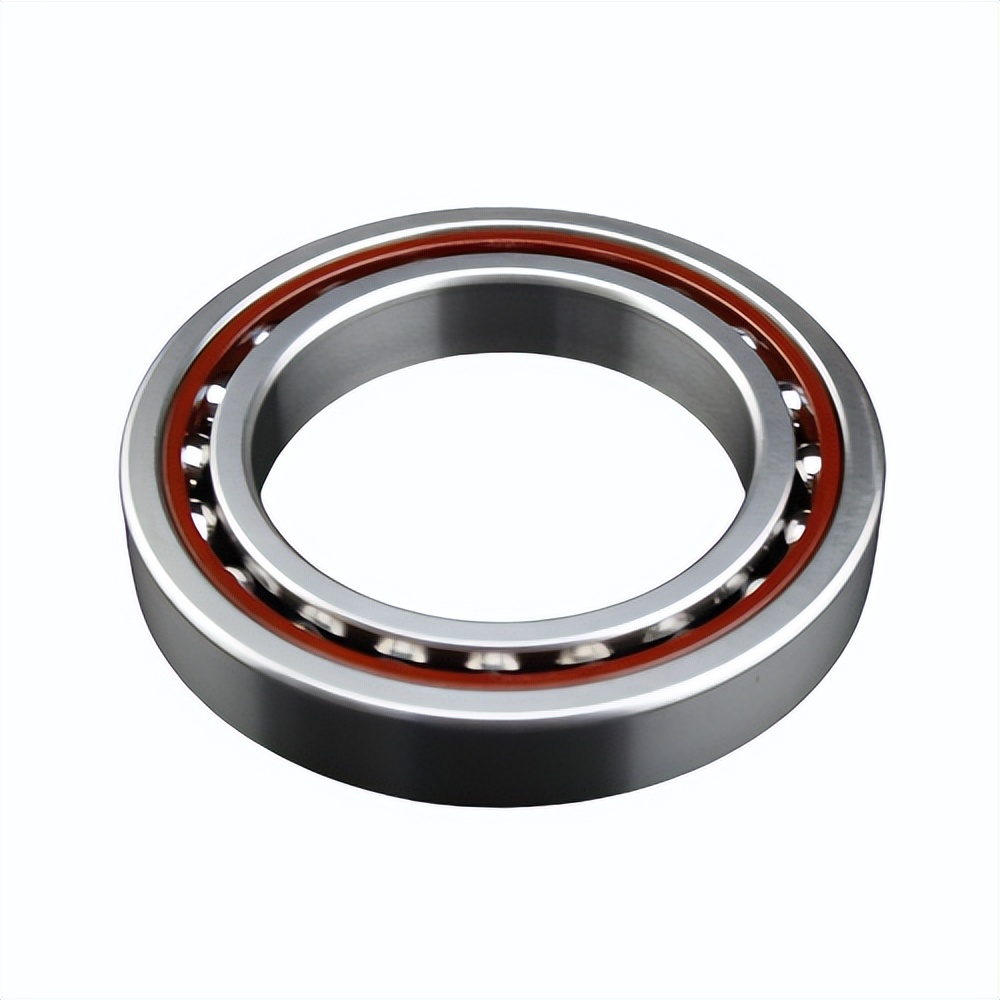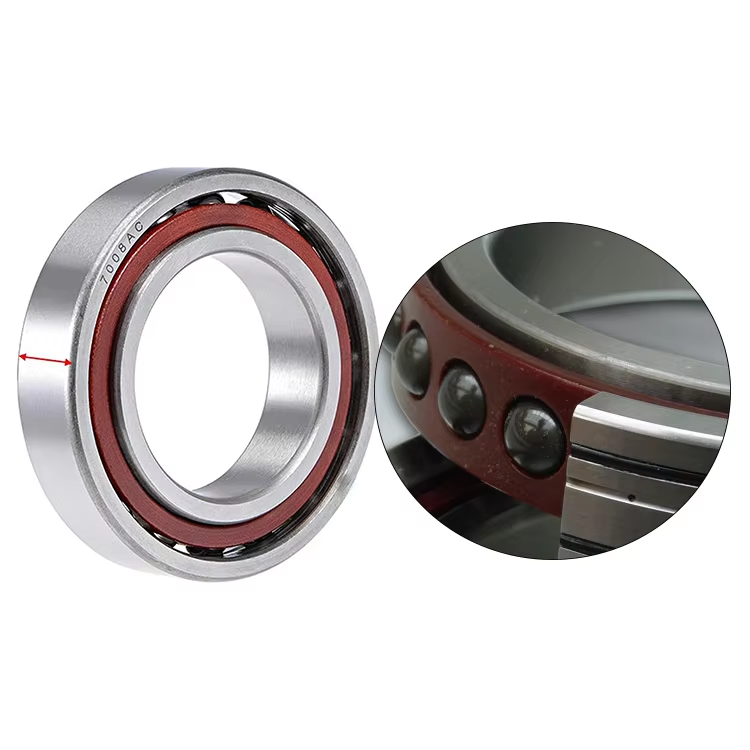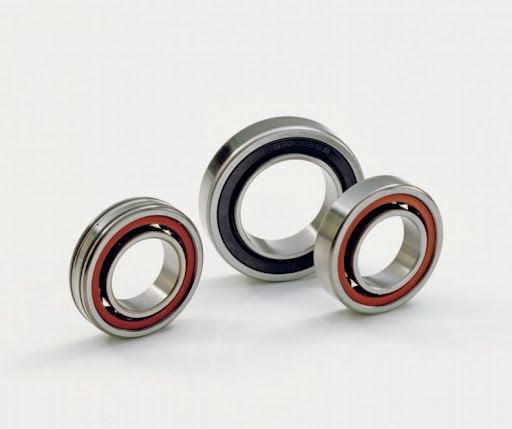Newsroom
How to improve the running accuracy of angular contact ball bearings?
2023-12-25How to improve the running accuracy of angular contact ball bearings?
Angular contact ball bearings can bear both radial loads and axial loads simultaneously. They can operate at relatively high rotational speeds. The larger the contact angle, the higher the axial load-carrying capacity. High-precision and high-speed bearings usually have a contact angle of 15 degrees. Under the action of axial force, the contact angle will increase. The precision of angular contact ball bearings can be improved. The following are the four most commonly used methods to improve the precision of angular contact ball bearings. 
1. Regarding the quantity of the rolling load generated during excitation, when bearing a radial load, the amount of rolling it undertakes will change slightly during operation, among which: 2 - 3 - 2 - 3.... This causes an offset in the load direction. The resulting vibration is inevitable, but preloading can be applied to reduce the axial load on all rolling elements.
2. Local damage: During operation, the rolling of the damaged parts of the angular contact ball bearing will generate specific vibration frequencies. Frequency analysis can help identify the damaged parts of the angular contact ball bearing. This principle has been used in condition monitoring equipment to detect the damage of angular contact ball bearings. The temperature will rise sharply and abnormal high temperatures will occur. The reasons include excessive lubricant, too small a bearing clearance, poor installation, excessive friction of the sealing device, etc. In the case of high-speed rotation, incorrect selection of the angular contact ball bearing structure and lubrication method are also among the reasons. 
3. Accuracy of relevant parts: The relationship between the shaft and the angular contact ball bearing, when in close contact with the bearing ring, can be compatible with the shape deformation of adjacent parts. During operation, if there is distortion, vibration may occur. Therefore, the tolerances required for the processing of the angular contact ball bearing and the shaft are very important.
4. Contaminants: If the angular contact ball bearing operates in a contaminated environment, impurities may enter the rolling elements of the angular contact ball bearing. The vibration depends on the quantity, size and composition of the rolling impurity particles. Although the frequency does not present a typical pattern, the causes include poor lubrication, poor accuracy of the shaft or bearing housing, bearing damage, foreign object intrusion, etc. However, you can hear an annoying noise.
5. Measure the dimensions of the shaft and the bearing housing hole to determine the fitting accuracy of the bearing. The fitting requirements are as follows: The inner ring and the shaft adopt an interference fit, with an interference amount of 0 to +4μm (0 when under light load and high precision); the outer ring and the bearing housing hole adopt a clearance fit, with a clearance amount of 0 to +6μm (but when using angular contact ball bearings at the free end of the shaft, the clearance can be increased); the circularity error of the shaft and the hole surface of the bearing housing is below 2μm, the parallelism of the end face of the spacer used for the angular contact ball bearing is below 2μm, the runout of the inner end face of the shaft shoulder relative to the outer end face is below 2μm; the runout of the shoulder of the bearing housing relative to the axis is below 4μm; the runout of the inner end face of the front cover of the spindle relative to the axis is below 4μm. 
6. Installation of the front bearing at the fixed end on the shaft: Thoroughly clean the angular contact ball bearing with clean kerosene for cleaning. For grease lubrication, first inject an organic solvent containing 3% to 5% grease into the bearing for degreasing and cleaning, and then use an oil gun to fill a certain amount of grease into the bearing (accounting for 10% to 15% of the volume of the bearing space). Heat the bearing to increase the temperature by 20 to 30℃, and use a hydraulic press to install the angular contact ball bearing onto the shaft end; Press the adapter sleeve onto the shaft and resist the end face of the bearing with appropriate pressure to axially position it; Wind the strap of the spring balance around the outer ring of the bearing, and use the method of measuring the starting torque to check whether the specified preload has significant changes.
By following these steps, you can effectively find and use interchangeable bearings for your applications. If you have a specific bearing in mind that you need to interchange, let me know, and I can help further!


